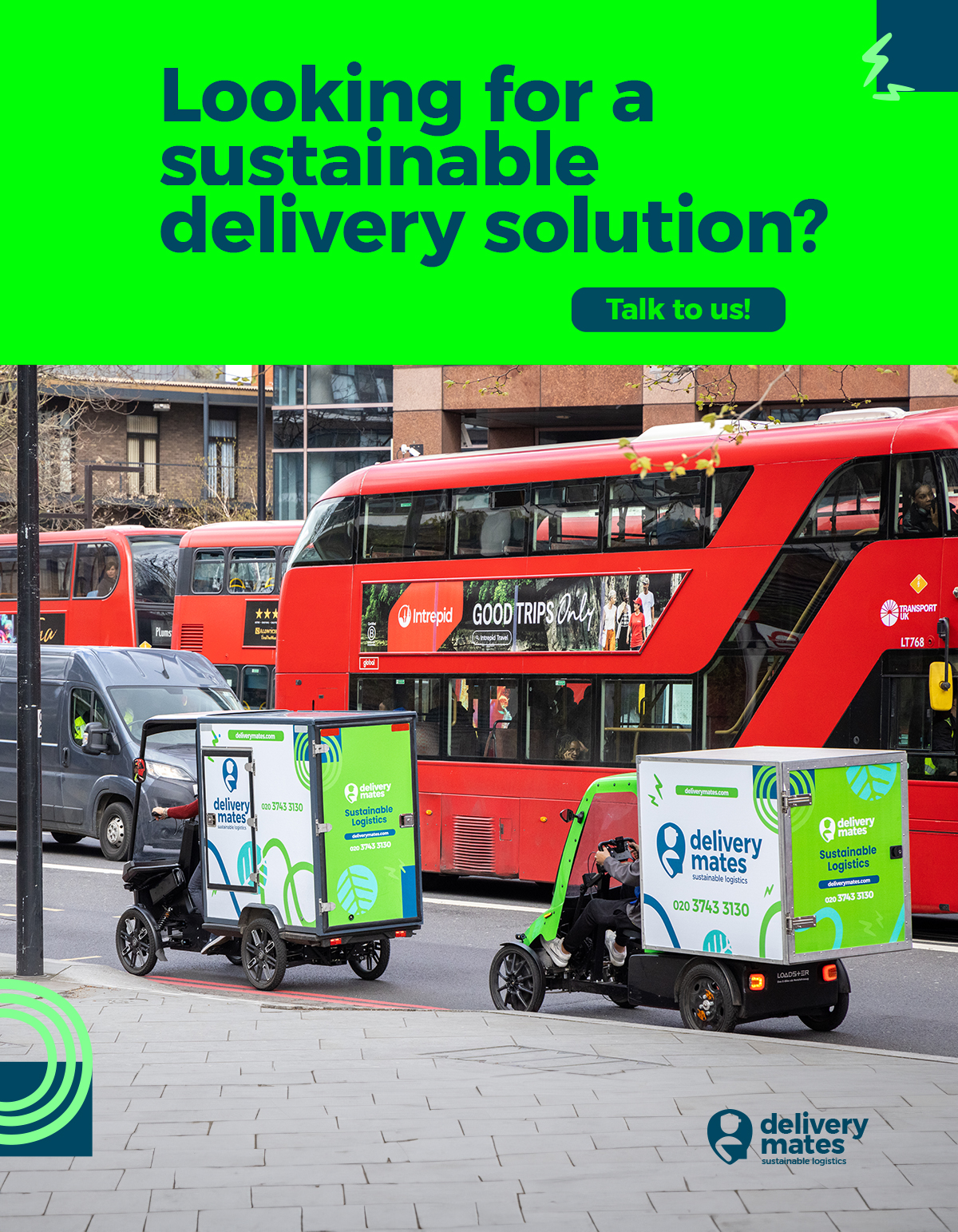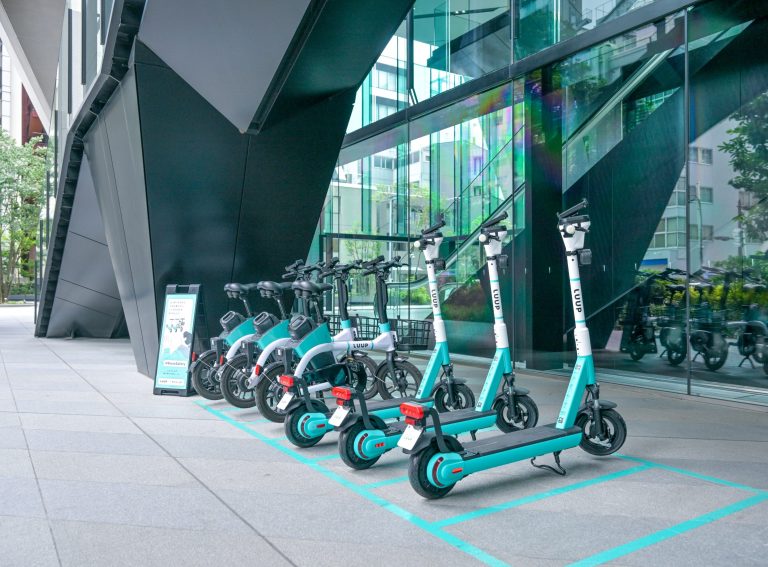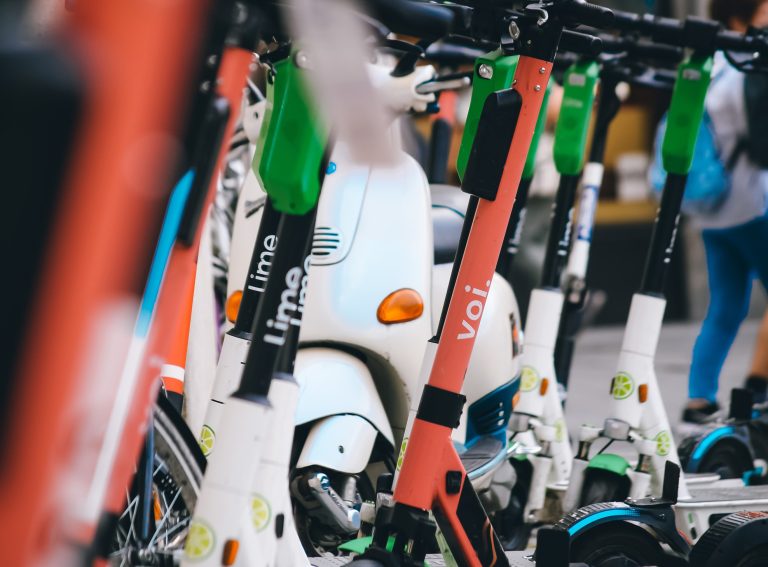A consumer survey by the FIA European Bureau (EB) has found that approximately 50% of e-bike and e-scooter users are not aware of safety rules.
The survey of 2,420 users of both shared operator schemes and personally owned mobility devices (PMDs) was conducted in Paris, Madrid and Copenhagen, and was designed to gather consumer understanding of micromobility vehicle use.
Laurianne Krid, Director General at FIA Region I, told Zag Daily: “PMDs are still a relatively young mode of transport, they have not been around as long as other vehicles on the road. This could be a reason why rules are not yet ingrained into users’ mindsets. It’s still a learning process for most users.
“Running user-awareness campaigns, sharing comprehensive information at rental points or general road safety education in schools could be some ways to increase consumer awareness,” she said. “More research is needed to analyse which method would be most effective.”
The survey also found that 60% of pedestrians do not feel safe when interacting with e-scooters.
“The main reasons for this is due to their speed and the erratic use of the devices, such as people riding them on pavements,” said Krid. “We need to build better infrastructure for PMDs, and our study shows the need for increased consumer awareness regarding the rules and regulations around PMD use.”
When the FIA looked at the nature of e-scooter accidents it found that approximately 80% tend to be single vehicle crashes, with very few involving other vehicles or pedestrians. Causes of accidents are often related to disregard for rules and user inexperience of the mobility device. Those accidents that involved pedestrians (less than 10%) are typically related to the individual tripping over parked e-scooters, rather than collisions. Furthermore, accidents and or injuries tend to be sustained by males in the 18-25 / 34-38 age categories.
The top two responses for choosing an e-scooter or e-bike were ‘for fun’ and ‘It is better for the environment’.
When asked if the users had experienced any issues when using an e-bike, traffic, availability of dedicated cycle lanes and charging availability were cited as the most common problems. E-scooter users were most concerned about road maintenance and traffic/other vehicles on the road.
Overall the study found that there has been a rapid increase in the availability and use of both shared and private e-scooters and e-bikes in Europe.




